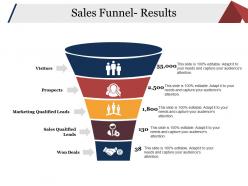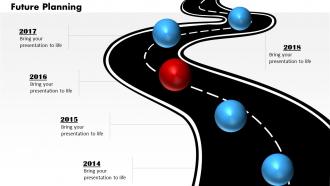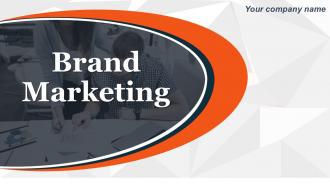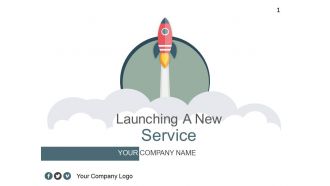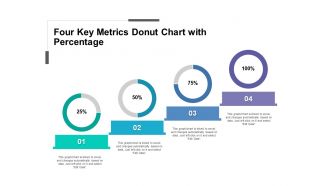Today, a person's existence requires them to wear shoes every day. You need shoes and other footwear whenever you leave your house, go to a party or other event, go to work, when your kids or teens go to school or college, or whenever you travel somewhere else. This alone shows the significance of promoting your shoes to a wider audience. Just making shoes would provide you access to a variety of styles and designs in place of footwear.
It can be profitable to sell shoes as a business. The shoe industry has developed in recent years into a distinctive and specialized retail sector based on fashion, rarity, and presentation. Check out our sample business ideas for a shoe store if you have a talent for finding unusual shoes and want to capitalize on your expertise.
Everyone in the world wears shoes, and there is an endless desire from customers for variety and fashion. Of course, there is usually a lot of competition where there are many opportunities. This means that in order to be lucrative, your shoe line must be well-defined and strategic. The business plan for your shoe line is the initial step in achieving your objectives.
Statistics of the shoe industry business
Globally, the footwear industry is expected to grow at a 2.5% CAGR between 2014 and 2023. If we consider the size of the global footwear market, it is approximately 10 billion units in 2014. Using the same example as above, with a CAGR of 2.3%, the same volume is anticipated to reach approximately 12.11 billion units in 2023. The population density at that future time point is also taken into account while calculating this value.
So, if you are keen to open a shoe industry business, you must prepare a business plan. There are a few slides that you must incorporate into your business plan. Those few slides are:
# Executive summary of retail shoe store start-up
This slide provides a glimpse of key highlights of the shoe retail store including a quick pitch that describes the current market status of the industry and how the company will take leverage of the growth opportunities present in the market. It will also showcase details of its entity.
The first and typically most significant element of a business strategy is the executive summary. Executive summaries give a concise overview of a longer document to persuade decision-makers to read the full material.
# Implementing effective shoe product solutions by analyzing the market gap
This slide covers the problem associated with the shoe/footwear industry and how the company will implement an effective product solution to overcome the existing gap. It also helps to identify unexplored areas that other businesses in the same space are not serving currently.
A market gap analysis entails considering the market and how customer needs may be unmet. So, highlighting the major concerns with the market gap along with the business statement. This is a very essential slide as it gives ideas to investors about how you are taking essential steps to minimize the market gap.
# Product categories offered by a shoe store
This slide aims to provide a glimpse of the wide range of comfortable and latest-designed shoes from top manufacturing brands to service a wide range of clients. The general category of shoes sold includes walking shoes, running shoes, trekking shoes, hiking shoes, casual shoes, etc.
Your business plan's section on products and services helps the reader understand why you're in business, what you sell, how you compete with existing options, or how you fill a market gap that no one else is filling.
So, highlight the company’s various product line in this slide.
# Key statistics associated with the footwear industry
This slide highlights the thorough assessment of a market within the footwear industry. It will help get valuable insights and project the success that the company expects while introducing its brand and products to consumers within the market.
So, every client is interested in knowing the statistics of the organization, so highlight the sales and revenue in the form of a bar graph. Also, highlight the key point separately in the slide.

#Key market trends shaping the footwear industry
This slide highlights the key market trends that have the potential to change the current market scenario, as well as ways that the company can stay ahead of competitors. With these trends, the company will look for innovative or new ways of providing its products and services.
Further, some of the market trends mentioned in the slide are increased demand for sustainable footwear, e-commerce shaping the footwear industry, personalization, etc.
#Assessing target customer profile for the shoe store
This slide covers an assessment of how the company's products will fit into a particular market and where they will acquire the most traction with customers. It cannot be limited to a specific set of individuals but must include all those who live in the company’s target market regions.
However, Target customers are men/women, fashionistas, beginners/athletes, and casual walkers.
# TAM SAM SOM analysis of shoe store target market
The purpose of this slide is to depict the market potential of footwear in terms of TAM, SAM, and SOM to assist startups and enterprise firms alike in evaluating the feasibility of their product and giving them the capacity to solicit investors with a high degree of confidence in return.
So, highlight the description of each TAM, SAM, and SOM in the slide to give them an overview.
# Detailed Porter’s five forces analysis for the footwear industry
The slide highlights Porter’s five forces model and its implications in the US footwear industry. The five forces include rivalry among competitors, bargaining power of buyers and suppliers, and the threat of new entrants and substitutes which further leverage the company to structure its corporate strategy.
Moreover to identify an industry's flaws and strengths, Porter's Five Forces analyze five competitive forces that affect every business.
# Effective go-to-market strategy to increase sales and revenue
The purpose of this slide is to implement an effective go-to-market strategy for bringing the company's products or services to an end customer taking into consideration elements like sales, positioning, and price.
Further, a go-to-market strategy (GTM strategy) is an action plan that specifies how a company will reach target customers and achieve competitive advantage.
So, highlight the go-to marketing strategy in the slide to give an overview to the investor.
Wrapping- Up
Developing a solid banking business plan is crucial for the success of any financial institution. It requires a thorough analysis of the market, competition, and financial projections, as well as a clear understanding of the unique value proposition and target customers.
By following the key slides outlined in this blog, Slideteam can develop a successful Shoe Industry business plan that sets them apart in a competitive market. So, With a clear roadmap for growth and profitability, Slideteam can build a thriving Shoe business that meets the needs of its customers while achieving its long-term financial goals.
Faq’s
Q: What are some challenges of starting a shoe industry business?
A: Some challenges of starting a shoe industry business include high competition, manufacturing costs, supply chain management, keeping up with trends, marketing and distribution, and maintaining quality control. It is important to conduct thorough research, create a solid business plan, and have a clear understanding of the industry before starting a shoe business.
Q: How do you finance a shoe industry business plan?
A: Financing options for a shoe industry business include personal savings, loans from banks or investors, crowdfunding, grants, and government programs. It is important to have a solid business plan and financial projections to secure financing and manage cash flow effectively.
Q: What are some trends in the shoe industry?
A: Some current trends in the shoe industry include sustainable materials and production processes, customization and personalization, athleisure and comfort, and direct-to-consumer sales. By keeping up with trends and consumer preferences can be crucial for success in the shoe industry.




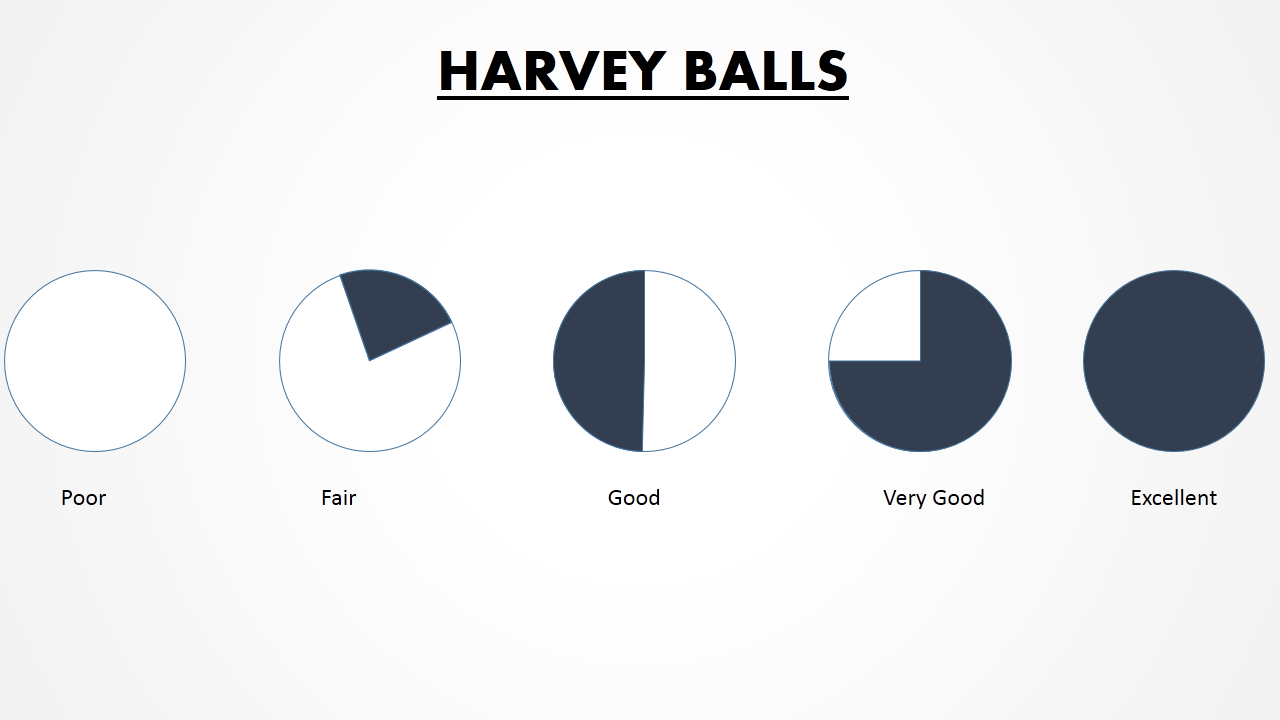

 Customer Reviews
Customer Reviews













